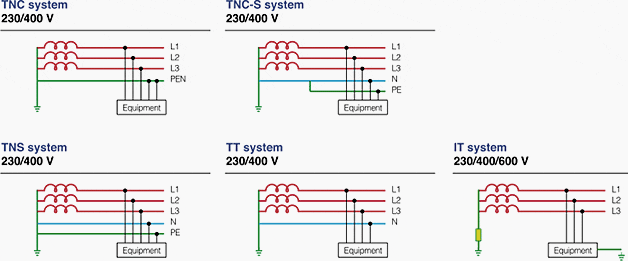shortcircuit2
Senior Member
- Location
- South of Bawstin
Is there any engineering practice relative to the spacing of a grounding electrode system of a structure with utility service and the grounding electrode system of the outside pad mount transformer that feeds the structure?
For example, if an outside utility pad mount transformer with 480/277 volt wye secondary with its typical grounding electrode system ground ring and corner ground rods were say within 4 feet of the structures grounding electrode system...would there be a parallel path in certain conditions through the earth for neutral current to flow on the structure grounding electrode system to the transformer grounding electrode system back to the transformer?
For example, if an outside utility pad mount transformer with 480/277 volt wye secondary with its typical grounding electrode system ground ring and corner ground rods were say within 4 feet of the structures grounding electrode system...would there be a parallel path in certain conditions through the earth for neutral current to flow on the structure grounding electrode system to the transformer grounding electrode system back to the transformer?

